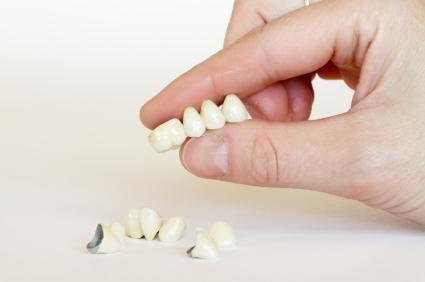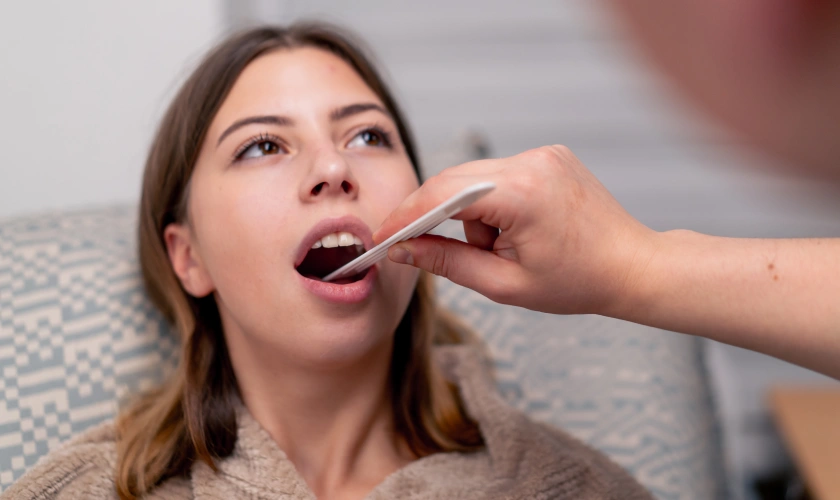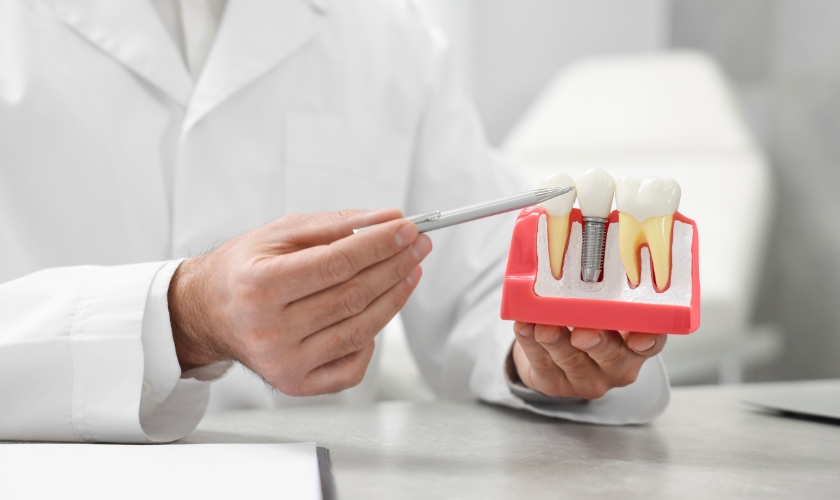
Cavities and tooth decay or damage are among the most common reasons anyone needs to see a dentist. Many people assume that fixing these issues is a fairly basic procedure. And while most every dentist can easily correct them, not all fillings are created equal, and there are actually several different ways in which a dentist may go about it. Here’s a brief explanation of the differences between inlays, onlays, crowns, and fillings.
Standard Fillings
A general filling is the most common way a dentist can correct tooth decay and cavities. Standard fillings are used on cavities that are usually on the smaller side. In order to insert a filling a dentist will remove any decay that surrounds the cavity (after using an anesthetic of course!) and then put the filling material over the tooth where it will harden, preventing further decay and stopping any pain associated with the cavity.
Inlays
If a cavity becomes too large, a filling may actually weaken the structure and cause the tooth to crack. This is why inlays are usually recommended for larger cavities.
For larger cavities, a dentist will still remove any excess decay, but instead of simply filling the cavity, they will actually create a molding of the tooth to place over it. Correcting a cavity may take a few weeks, but inlays protect the tooth just as well (if not better) than a filling, and usually last significantly longer.
Onlays
Much like an Inlay, onlays are used on teeth with cavities or that have been damaged in a way that can’t be treated with by normal fillings.
Where an inlay is used to cover cavities in the grooves or center of a tooth however, an onlay is used to repair damage to the cusps, or points of a tooth. Both inlays and onlays are applied to a tooth using dental cement, ensuring an extremely strong bond.
Crowns
Dental crowns are the final option for a damaged or decayed tooth before a dentist will have to actually extract and replace a tooth.
When a tooth is very badly decayed or damaged, a dentist will remove a large portion of the original tooth—including parts of the tooth not affected by decay or damage. Because of this, dentists carefully weigh the benefits of using a crown over other options before going forward with the procedure.
Once the tooth has been prepared, a dentist will place a crown over what’s left of the original tooth, protecting it and providing the patient with normal dental function once again.
At Signature Smile, our dentists are experienced in all of these procedures, and will gladly answer any other questions you may have. If you think you may need an inlay, onlay, crown, or filling, make an appointment for a free consultation at our Brooklyn Heights office today!



